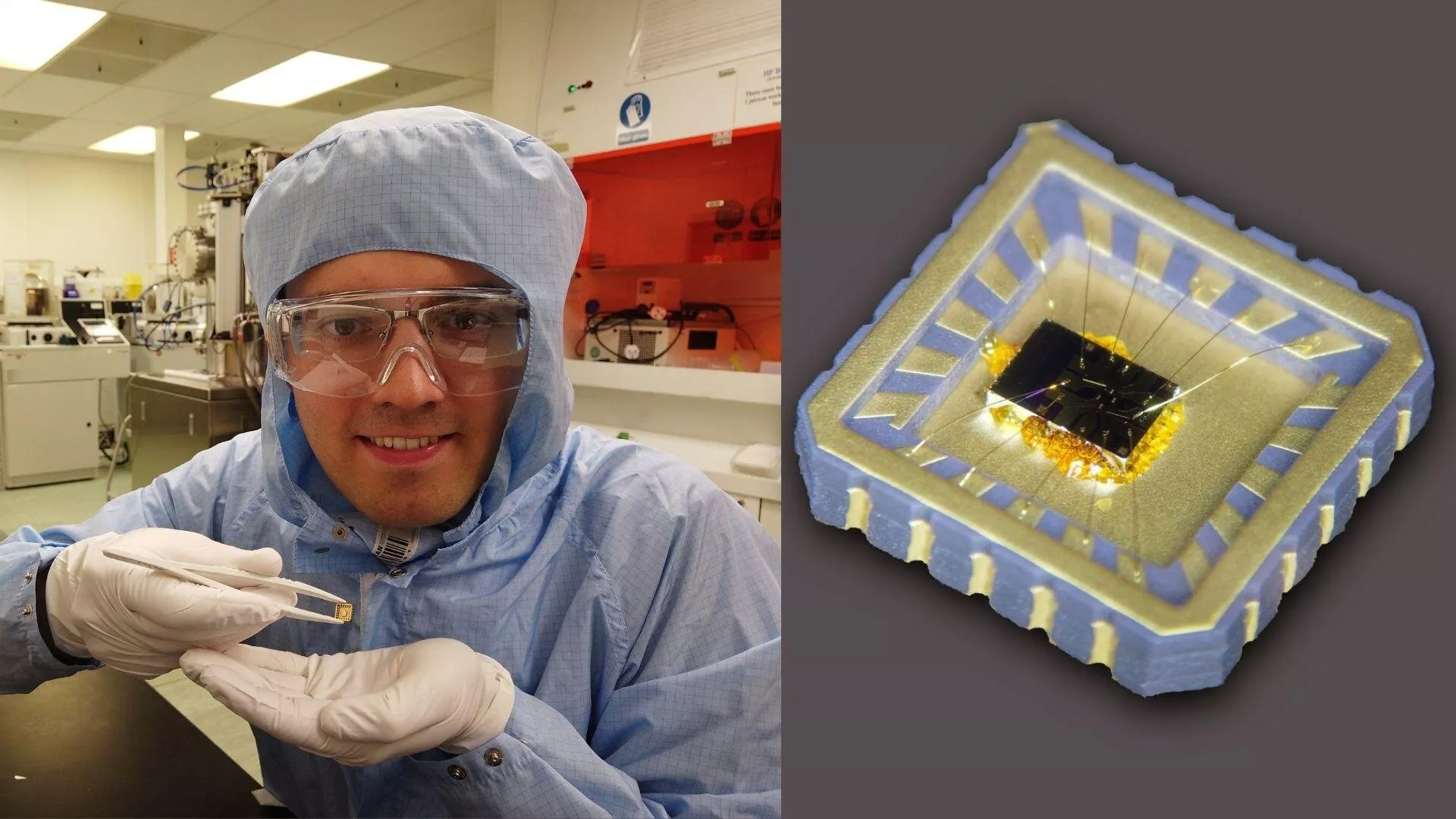Scientists from Britain and Germany have found that when two-dimensional electronic systems are exposed to terahertz waves, a new physical effect - "in-plane photoelectric effect" will be produced. This latest discovery is expected to lead to more sensitive terahertz detectors, which can be widely used in security, medicine, communication and other fields. The relevant research was recently published in the American Journal of scientific progress.

"Terahertz wave is an electromagnetic radiation between microwave and infrared radiation, but we currently lack cheap, efficient and easy-to-use terahertz radiation sources and detectors, which hinders the wide application of terahertz technology," explained Professor David rich, head of the semiconductor physics group of Cavendish Laboratory at the University of Cambridge
Rich said that if the above problems are solved, terahertz radiation will "play a big role" in the fields of safety, materials science, communication and medicine. For example, terahertz wave can image cancer tissue invisible to the naked eye, can also be used for a new generation of safe and fast airport scanners, and realize faster wireless communication beyond the most advanced level.
For more than 20 years, rich's team has been researching and developing functional terahertz devices. In the latest study, when they measured the performance of a new terahertz detector, they found that it showed a much stronger signal than theoretically expected.
The researchers explained that the reason for this phenomenon lies in the way light interacts with matter. At high frequencies, matter absorbs light in the form of single particle photons, which was first proposed by Einstein, forming the basis of quantum mechanics and explaining the photoelectric effect. Previously known photoelectric effects involve incident photons releasing electrons from conductive materials (metals or semiconductors). In three-dimensional materials, electrons can be injected into vacuum by photons in the range of ultraviolet or X-ray, or released into dielectric in the range of mid infrared to visible light.
But the novelty of this study is that scientists have found a quantum light excitation process similar to photoelectric effect in the terahertz range in a highly conductive two-dimensional electron gas. They named this phenomenon "in-plane photoelectric effect".
Dr. wadislav michalo, head of the research and from Trinity College of Cambridge University, said that the optical response amplitude of terahertz radiation incident by "in-plane photoelectric effect" is much higher than other mechanisms known to produce terahertz optical response so far. Therefore, this effect will make it possible to manufacture terahertz detectors with higher sensitivity.